Mental Health Hotline Articles

Holiday Burnout: How to Avoid it
The holiday season is meant to be a time of joy, connection and celebration, but for many people, it can
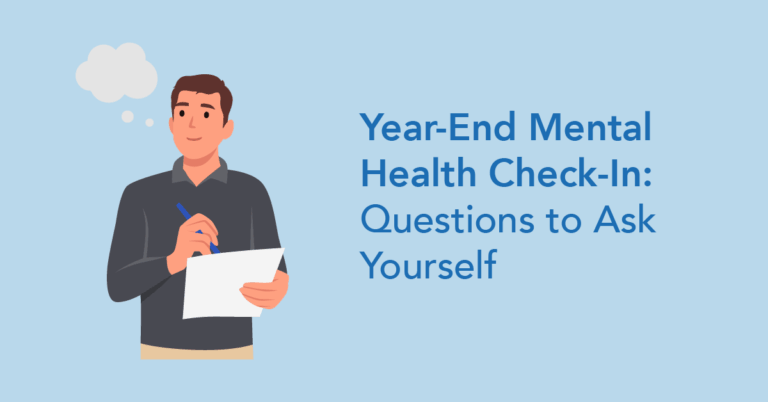
Year-end Mental Health Check-in: Questions to ask Yourself
As the year winds down, many people take time to reflect on their goals, relationships and accomplishments. Beyond financial or
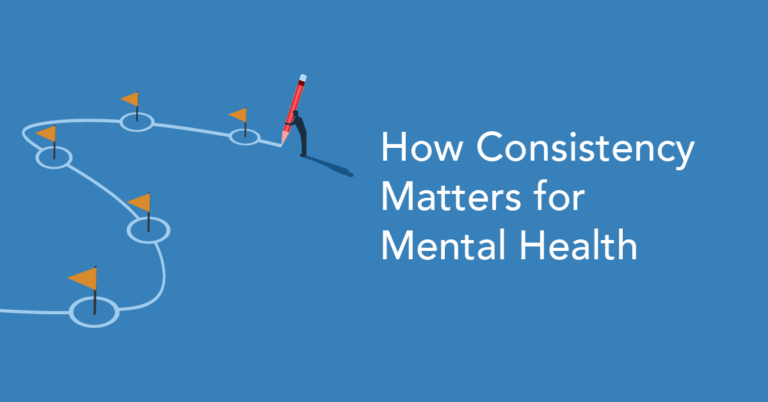
How Consistency Matters for Mental Health
Mental health is often associated with experiencing big milestones, starting therapy, receiving a diagnosis or having a breakthrough moment. But
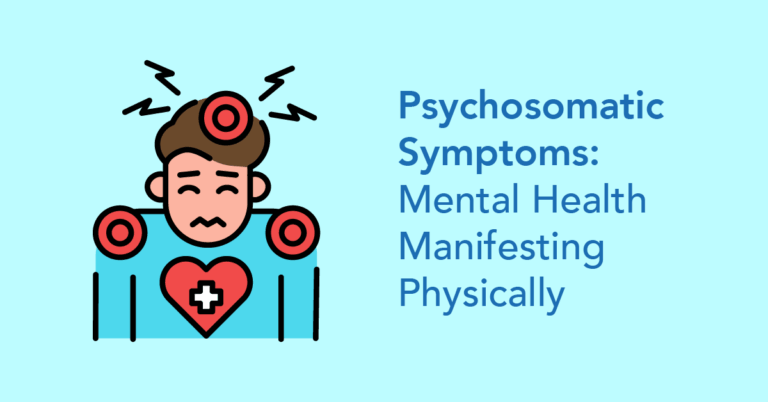
Psychosomatic Symptoms: Mental Health Manifesting Physically
When we think about mental health, we often picture feelings of sadness, worry or stress. But what happens when your
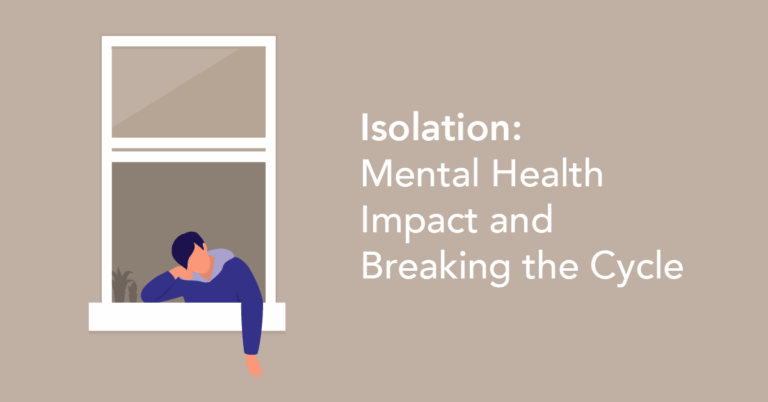
Isolation: Mental Health Impact and Breaking the Cycle
Everyone needs quiet time now and then, but prolonged isolation is something different. Whether it’s caused by a move, illness,
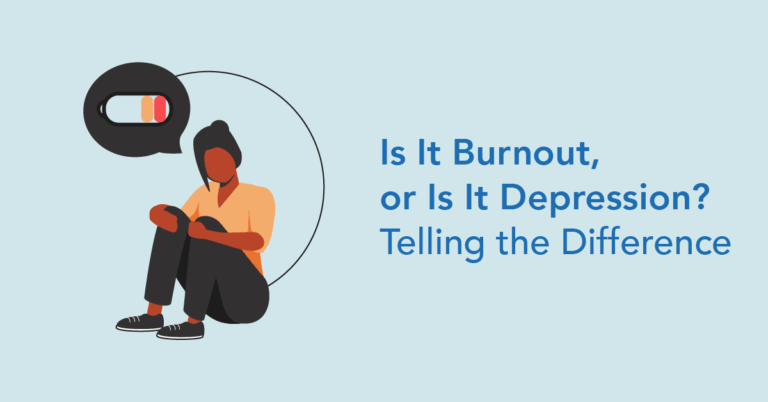
Is it Burnout, or Depression? Telling the Difference
Feeling drained, emotionally numb or unmotivated can be signs of both burnout and depression. These two conditions share overlapping symptoms,
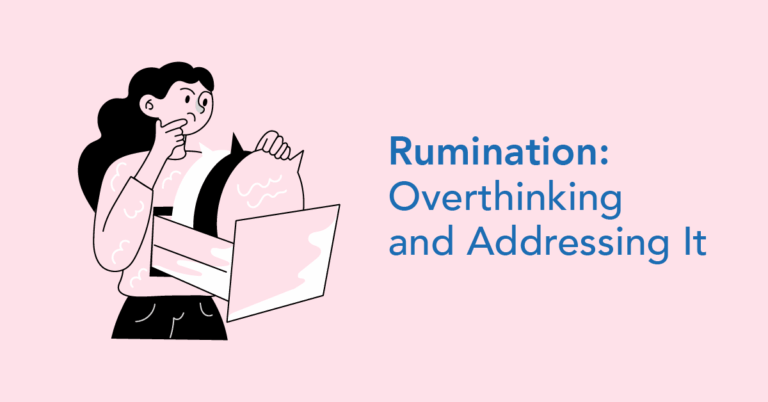
Rumination: Overthinking and Addressing it
Ever find yourself stuck in a loop of “what ifs,” rehashing conversations or replaying mistakes over and over again? That

What is Maldaptive Daydreaming and how to stop
Everyone zones out sometimes. Daydreaming during a boring meeting or imagining a dream vacation isn’t unusual; in fact, it’s a

Coping with Grief and Loss over the Holidays
For many people, the holiday season is a time of joy and connection. But for those experiencing grief, this time